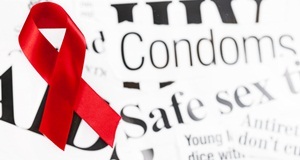
Sexually transmitted diseases (STDs) are diseases spreading primarily by the sexual contact and they are most difficult diseases in the world. STDs are spread when one transmits his or her disease-causing organism to the other one during sex (vaginal, oral, anal, etc.). STDs are common and dangerous, especially HIV/AIDS. What did you know about STDs, the symptoms, the causes, the solutions and the facts? Read this writing to discover the list of 11 most common sexually transmitted diseases and how to prevent them for good.
Sexually Transmitted Diseases List And How To Prevent STDs
I. List Of Sexually Transmitted Diseases – Top 11 Common STDs
1. HIV/AIDS
By far, this is the most – dreaded – sexually – transmitted disease, the number of infections of HIV/AIDS has been rising higher while no vaccine has been found to end this killing disease yet.
According to WHO, the high risk of HIV/AIDS infection is in black men. Among recent cases diagnosed in 2001 and 2004, there are 51% among the black who were 7 times more to become infected than the white.
Early signs of this infection include flu-like symptoms, unusual tiredness, fungal infections in the throat and unexplained rashes. As the condition progresses and human immune system is compromised, life threatening infections and cancer can occur. However, early infection of HIV is not different to other conditions and common illness, or in other words, there is no symptoms of early HIV infection. According to a report from US, just 1/4 of Americans carrying HIV virus in all 250,000 don’t know and identify that they are infected. For this reason, people should have frequent health checkup and have basic knowledge of STDs as well as the prevention.
Until now, HIV/AIDS is till a lethal disease that caused over 16,000 death in 2005, according to the CDC.

2. Gonorrhea
Gonorrhea is the most common infection disease in US that won’t go away. In 2005, there are about 339,593 new cases of gonorrhea and experts say the true infected number of new cases was twice.
In women, this disease is a main cause of pelvic inflammation and it can lead to female infertility. In men, symptoms of this disease include pus-like discharge from urethra, with burning urination. If untreated, it can lead to epididymitis, a condition of the testicles which may cause male infertility.
Different to HIV/AIDS, gonorrhea can be treated with the help of antibiotics.
More: Treatments For Gonorrhea
3. Chlamydia

There are about 2.2% of adult American people are found to carry Chlamydia – a type of virus in bird and human. In fact, among sexually active people, the real number may be much higher. A study in young men in 2004 showed that there are 8.2% among them infected with chlamydia. Among those who are aged from 20 to 24.
Although Chlamydia is symptomless in men, it can cause inflammation of urethra, testicles and prostate. Similarly, Chlamydia also occur in women, even the consequences are more serious. If untreated, the infections may lead to pelvic inflammatory disease, infertility or ectopic pregnancies.
Thanks to antibiotics, people carrying this infection can be diagnosed and treated. However, the new cases of Chlamydia have been decreasing slowly. There are about 2.8 million of new infections diagnosed each year, according to experts from U.S.
4. Herpes Simplex Virus
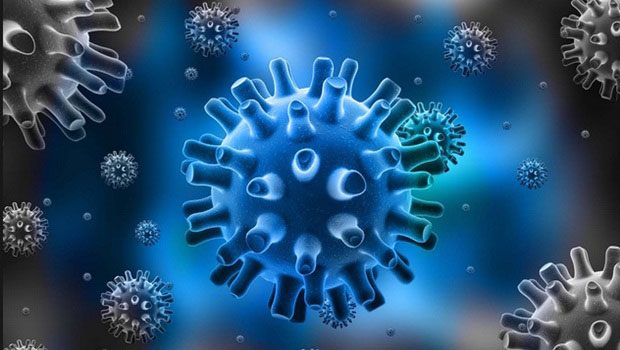
This is a viral infection caused by herpes simplex virus. Herpes can affect the mouth, called oral herpes (or HSV Type I) and the genitals, called genital herpes (or HSV Type II). Herpes simplex virus is transmitted directly through mouth or genital contact of a person infected with the virus to his or her sexual intercourse or through kissing or oral sex.
The symptoms of herpes simplex virus can be not easy to spot. Many cases don’t have any clear symptoms at all until they develop some blisters on skin like pimples. The symptoms usually occur from 2 days and 2 weeks after being infected. The following are common symptoms of this disease:
– Itching, tingling, or burning on skin area where blisters appear
– Blisters on thighs, buttocks, testicles, penis and around anus
– Blisters on tongue, lips, gums, and other body parts
– Aching muscles in buttocks, knees, buttocks and lower back
– Swollen and tender lymph nodes in groin
– Fever
– Loss of appetite
– Feeling unwell
A good news on these cases, herpes simplex virus has fallen about 19% for 10 years. Some antiviral drugs can treat the herpes simplex virus type I and type II effectively. In a large nationwide study, a vaccine for HSV is being tested by the NIOH.
5. Human Papillomavirus (HPV)

Scientists are concerned about women who get HPV because this virus causes cervical cancer. Besides, HPV also causes genital warts and increase the high risk of some cancers of anus, rectum and penis in men. Millions of men carry HPV virus and the risk of giving this disease to their sexual partners. There are over 6 million Americans found to be infected with HPV each year, according to the CDC. In recent surveys, about 48% of men who shown up in STI clinics and tested positive for the HPV virus. The number among general male population is about 8%.
A new vaccine has found to prevent HPV infection effectively. In 2006, the CDC recommended people using this vaccine for girls from 11 to 12 years old. The ACIP recommends that the vaccination for girls can begin at 9 years old as well as women at 13 to 26 years old.
6. Syphilis
Syphilis is an STD transmitted through oral, anal and vaginal sex. This disease is still quite prevalent and considered a more serious STD in men because of its link to the risk of HIV development.
Syphilis has 4 different phases, each with different symptoms. In general, symptoms of primary syphilis may include:
– Small and painless sores where bacteria enter on anus, penis or lips
– Swollen lymph nodes in areas near the sores
Symptoms of 2nd-phase syphilis may include:
– Skin rash which doesn’t itch, found on the palms of hands and soles of feet
– Swollen lymph nodes
– Tiredness
– Headache
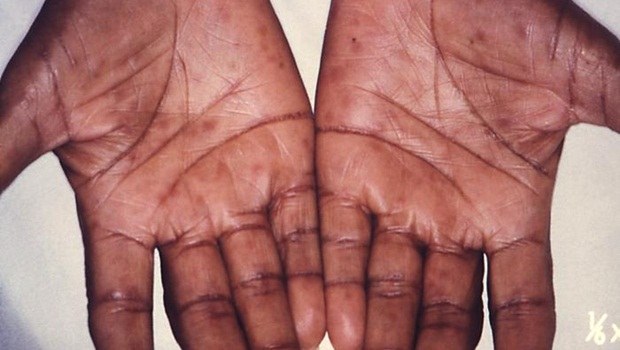
Discover: How To Stop Tiredness
Latent syphilis is the 3rd stage occurring after the symptoms of 2nd phase and when it came to this stage, this STD is untreated. When people enter the 4th stage, tertiary syphilis may cause serious complications and damage to nervous system, heart, joints, and other body parts. Even a few years after the initial infection, syphilis, when the disease reaches the last stage, can cause serious health issues and death.
Modern medicines and treatments have found to treat syphilis; yet preventing this STD is not easy. Through the 1990s, the rates of syphilis fell in 2000. Since then, they have been climbing again for 5 consecutive years, according to Jennifer Ruth, the spokesman from the CDC. In 2004 & 2005 alone, the syphilis rate jumped over 11%. Among men, the real risk was 70% in 5 years ago.
Moreover, syphilis is linked to HIV/AIDS and increases the danger of getting HIV/AIDS at least 2 to 5 times.
7. Mycoplasma Genitalium
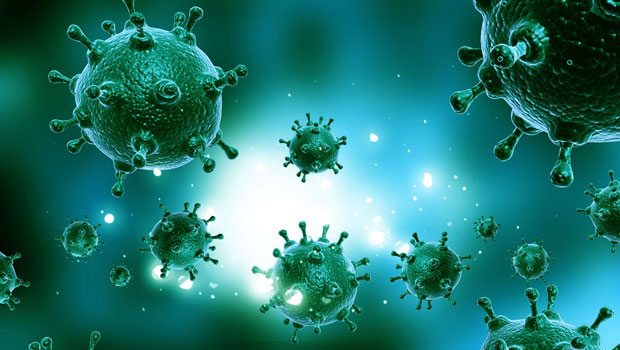
A study of U.S. adolescents in 2024 showed that, Mycoplasma genitalium, could surpass gonorrhea, in prevalence. Cases of this STD don’t cause symptoms, so it is difficult to identify the disease early unless modern technology supports. While emerging researches are still unclear, it is said that Mycoplasma genitalism is linked to serious consequences, including pelvic inflammatory disease and infertility. Mycoplasma genitalism, like Chlamydia and gonorrhea may emerge as a main cause of a non-gonococcal urethritis in men and a cervicitic in women.
Read more: How To Improve Infertility In Women
8. Trichomoniasis

Trichomoniasis is a common STD in women. Women may mistake thetrichomoniasis infection for bacterial vaginosis and yeast infection as their symptoms are quite similar, like strong vaginal odor, frothy discharge, itching and irritation and pain on intercourse. Like women, men can be infected with trichomoniasis, too, yet they don’t tend to show clear symptoms. If you’re a young woman diagnosed with this STD, be sure that your partner can get treated.
9. Pubic Lice
Pubic is a living environment of lice. They live on hair in genital area, and on other course-haired body areas such as eyebrows and armpits. They are commonly spread via sexual contact, although they are also transmitted by infested through clothing and linens. Symptoms of pubic lice include itching around the genital area and visible eggs and lice. Remember that pubic lice are not similar to head lice that never infest the hair on head.
Recommended reading: Get Rid Of Pubic Lice
10. Hepatitis (HBV)
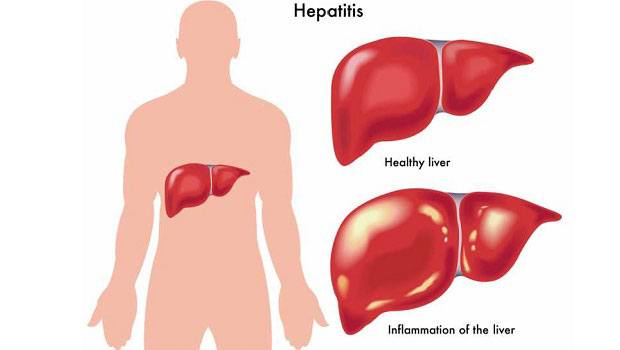
There are a few types of hepatitis and the type of hepatitis linked to sexual transmission is hepatitis B (or HBV). The chronic infection with hepatitis B can lead to scarring of cirrhosis and liver cancer.
Vaccination is the most effective way to protect you against this infection. Nevertheless, there are about 1.25 million people in the US suffering from the chronic HBV infection.
11. Bacterial Vaginosis (BV)
BV is a common condition in women where healthy bacteria in vagina disappear and they are replaced by various organisms. Symptoms include itching and burning around the vagina, gray or white gray discharge, and fishy odor that is noticeable after intercourse. Many people question if or not BV is a common STD; yet it is definitely linked to having multiple sex partners or a new sex partner. Taking antibiotics is an effective way to cure BV, but this condition often shows up again, even after a successful treatment. In fact, the infection can increase the risk of HIV, pre-term birth and pelvic inflammatory disease in women.
Read on: Bacterial Vaginosis Treatment
II. How To Prevent STDs

Until now, the most effective way to prevent STDs is using condoms. In other words, condom use helps lower the risk of infection, not only HIV/AIDS but also many other STDs. According to a research from Washington, US in 2006, women whose partners used condoms lowered the risk of being infected with HPV by a half. For HIV/AIDs, careful condom use reduces the infection by 90%.
Beside condom use, people can prevent STDs by practice safe sex and personal hygiene daily; and before and after making sex.
Plus, being aware of having safe sex at the right ages and right ways or sex education and the risk of getting STDs, especially in young adults is the basic foundation to reduce STDs wild world.
Recommended reading: Birth Control Methods and How To Tighten Vagina.
I’ve shown you the complete sexually transmitted diseases list and how to prevent these diseases for good. It’s hoped that you now get clear about safe ways to protect yourself from these STDs and help other people know it, too.
Beside this article, you can search for other writings in the line of Sexual Health in Vkool Site. For any feedback about the post, show it here at the end of the page.
Want More Content Like This In Your Inbox?
- 6 Home remedies for impotence in men
- 35 Natural Home Remedies For Menopause Symptoms Women Should Know
- Top 7 Common Causes Of Low Libido In Men
- Top 10 Natural Home Remedies For Vaginal Dryness
- Best Foods To Prevent Prostate Cancer Naturally
- 21 Tips On How To Overcome Sexual Performance Anxiety
- List Of 15 Best Herbs For Fertility
- Top 20 Ways On How To Treat PMS Naturally















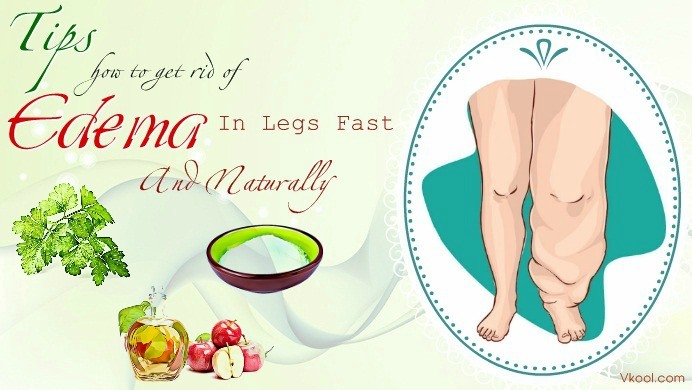
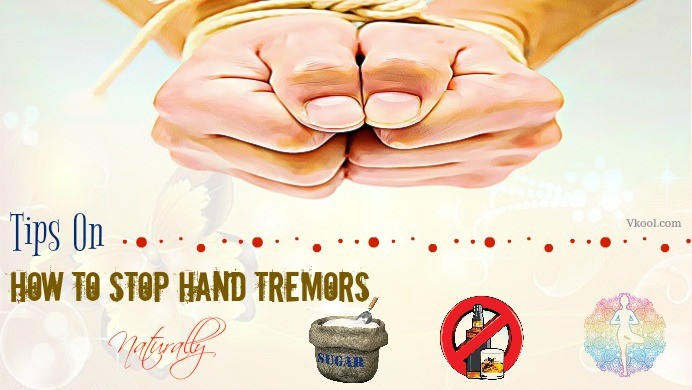
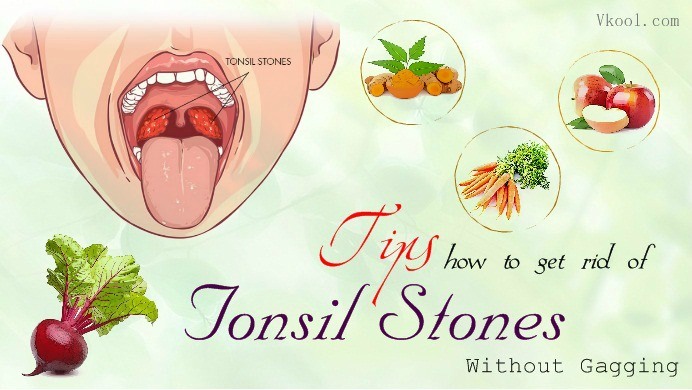



 How to get rid of acne fast overnight at home: 8 best tips
How to get rid of acne fast overnight at home: 8 best tips  How to use your subconscious mind power to get what you want
How to use your subconscious mind power to get what you want  29 Ways on how to get rid of dry hair naturally & fast
29 Ways on how to get rid of dry hair naturally & fast 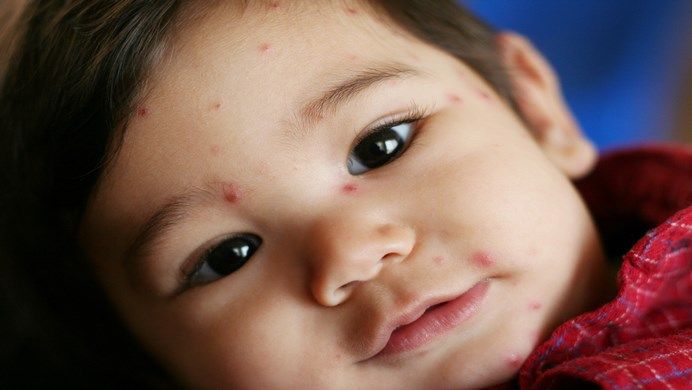 How to get rid of chicken pox scars on face naturally – 14 tips
How to get rid of chicken pox scars on face naturally – 14 tips  How To Prevent Cold Sores From Spreading Naturally – 9 Tips
How To Prevent Cold Sores From Spreading Naturally – 9 Tips  How to cure a fever naturally at home – top 7 fast ways
How to cure a fever naturally at home – top 7 fast ways  How to prevent miscarriage in first trimester & second trimester
How to prevent miscarriage in first trimester & second trimester  How to get rid of diarrhea in babies & adults fast & naturally
How to get rid of diarrhea in babies & adults fast & naturally 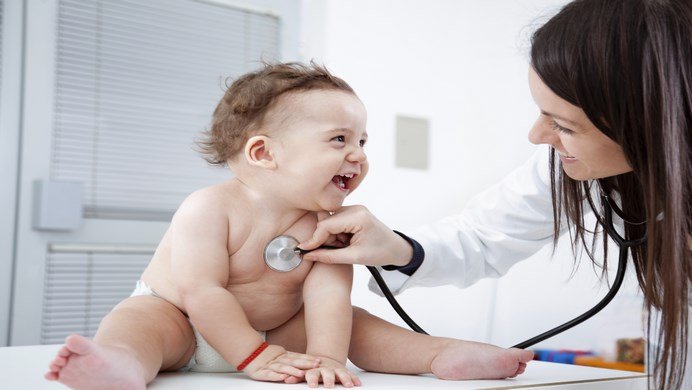 How to treat hives naturally at home – 6 tips
How to treat hives naturally at home – 6 tips